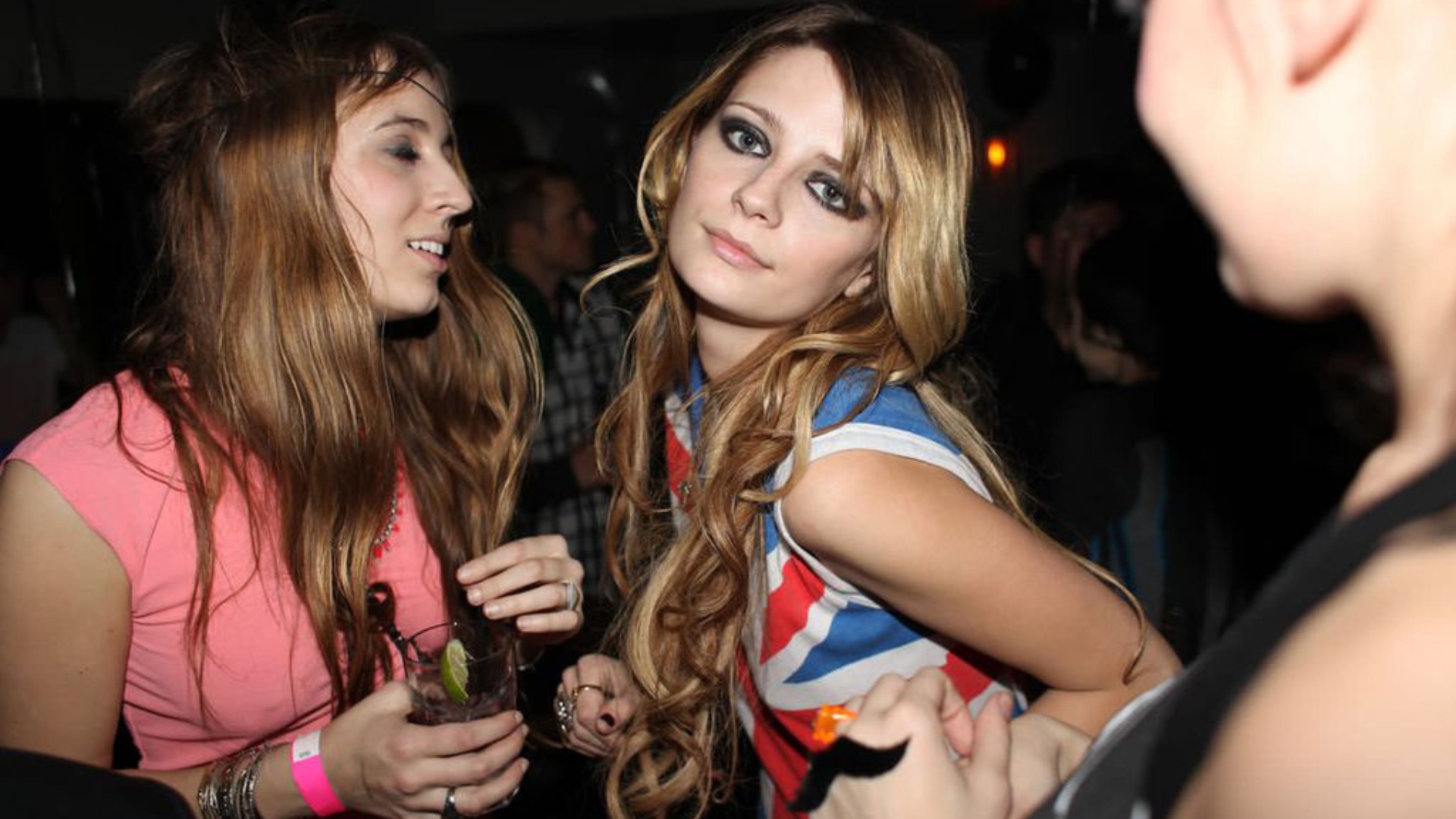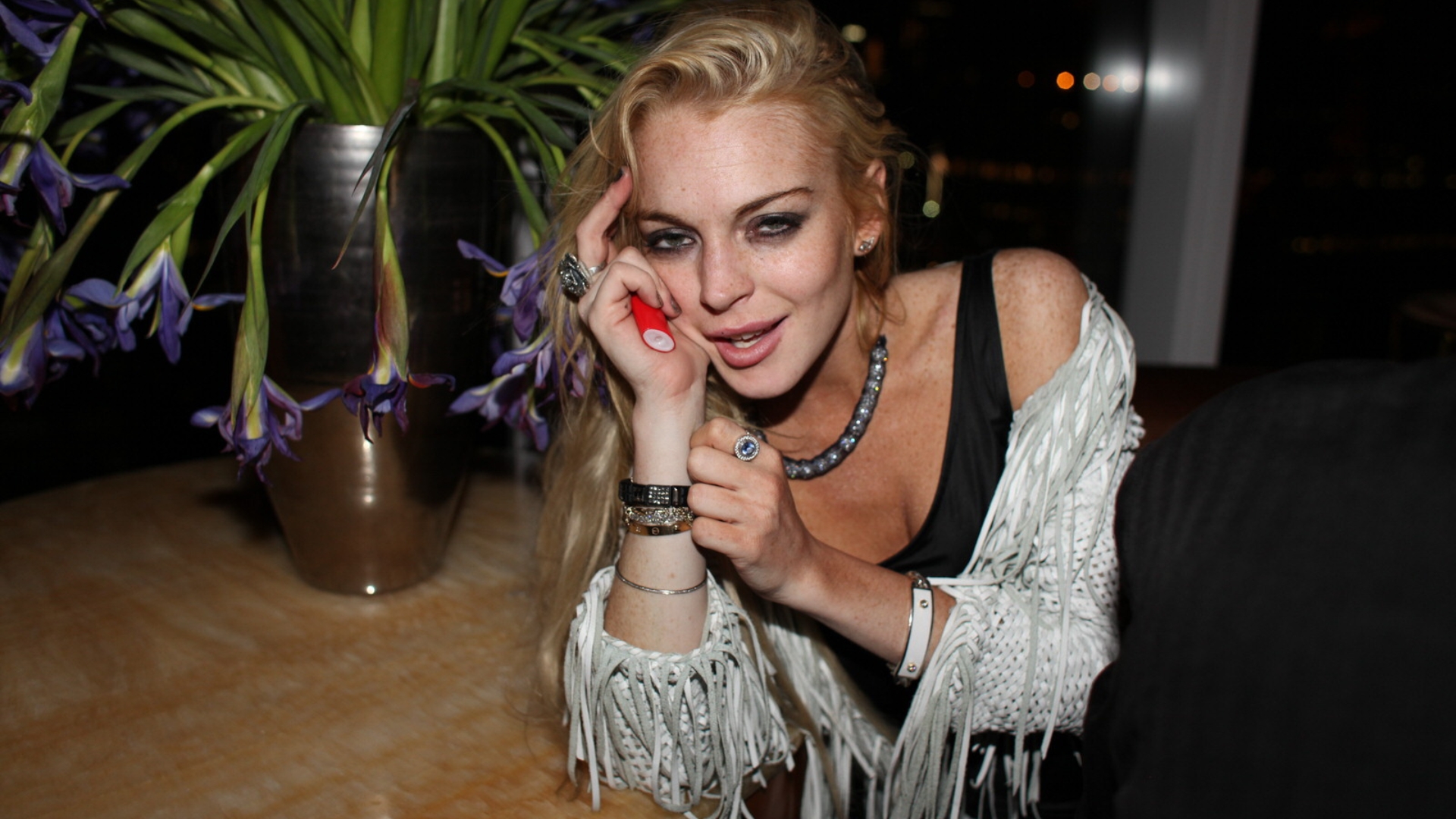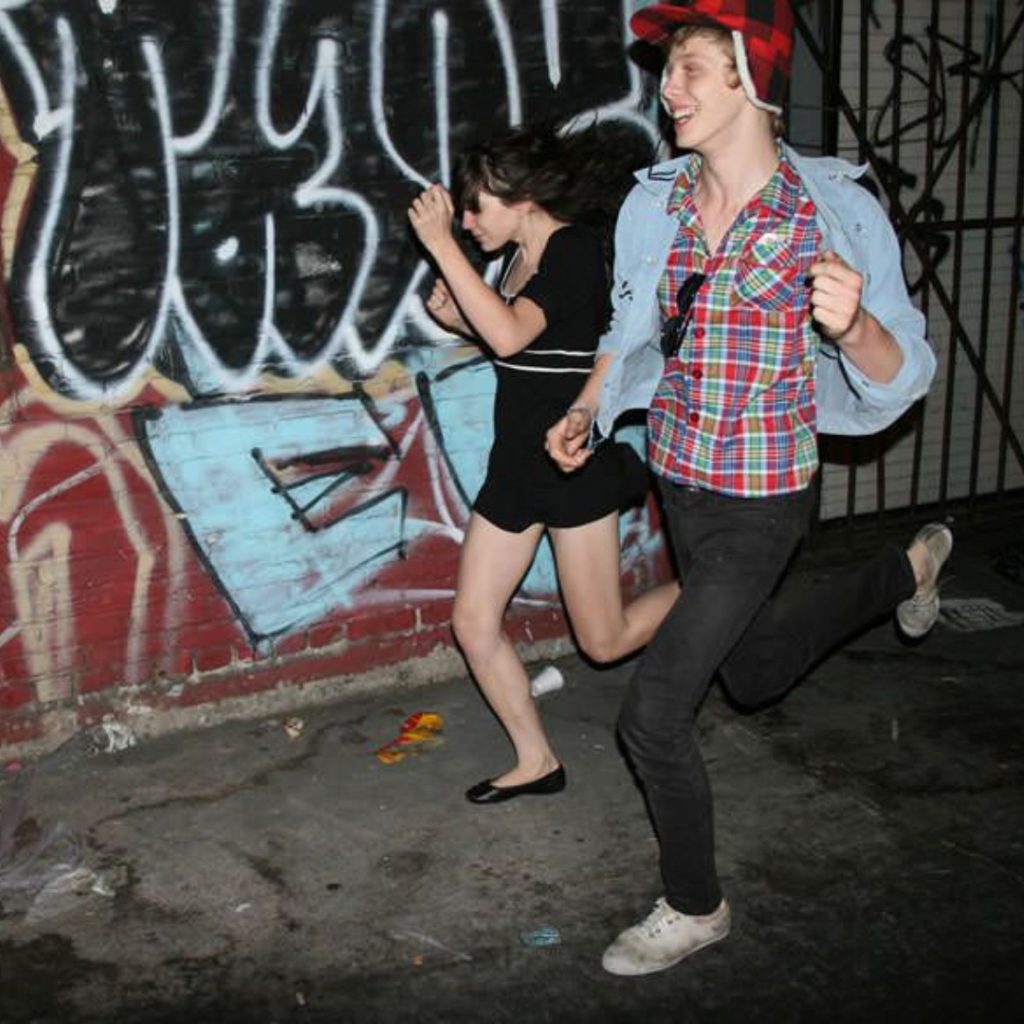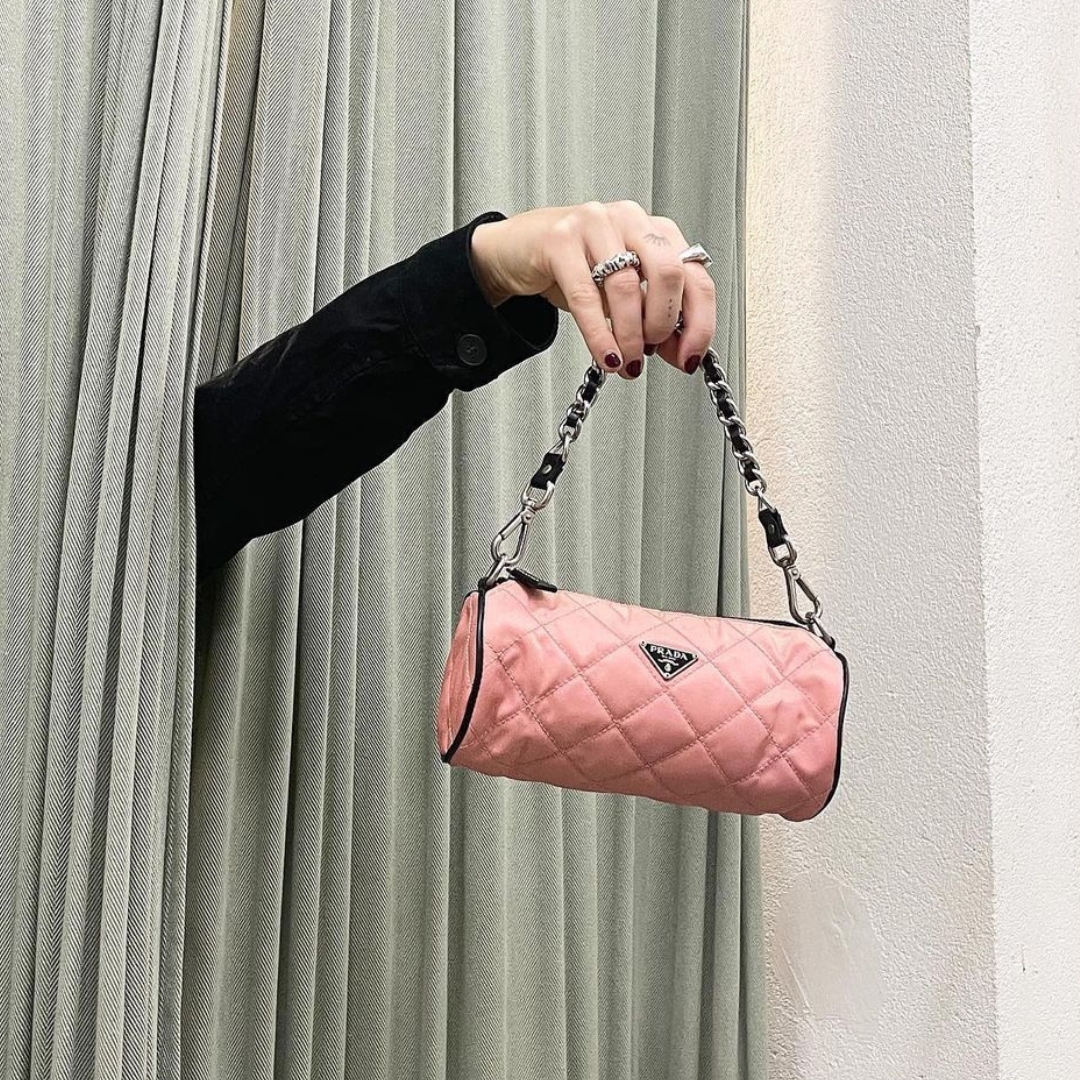This time last year, you would be hard-pressed to go five clicks on a lifestyle website without finding a headline that referenced the ‘clean girl’. With her slicked buns, natural makeup and neat, monotonous sense of style, TikTok drove the archetype to the masses, just as wellness culture on the app was hitting a peak (hello, run clubs!), and the cost of living crisis made a night in with a face mask a more economically sensible option than one spent at the club. Fast forward 12 months, and the tone of mainstream culture could not have changed more.
As much as Gen Z loves to mock Millennials for their ankle socks and side parts, there is no denying that the fashions of their heyday have been a goldmine for today’s trends. First came the ‘90s revival, followed quickly by the ephemeral omnipresence of the kitschy Y2K look. Naturally, having already tried out ‘dump him’ baby tees, Von Dutch trucker caps and Juicy Couture tracksuits, Gen Z is tiring of the clean girl and looking to the next age.
The late 2000s and early 2010s were a fascinating time for fashion and culture. Pre Instagram and post-Myspace, the period existed on the cusp of the digital age; a time when more of your friends would have had a flip than an iPhone, and social media was a fun hobby rather than something completely culturally consuming. It was in this chasm of semi-digital life from which indie sleaze—the latest Millennial trend to take hold of Gen Z—emerged.
"Indie sleaze is about living your truth unapologetically"
While the exact start and end point of indie sleaze is fluid, depending on who you ask, it is generally thought to have emerged around 2003 and held its ground until the end of the decade. A shift in cultural aesthetics toward a more polished look, the death of the rockstar archetype, an economic recession and the rise of EDM created a perfect storm for its downfall. Mark Greif officially declared it dead in a now-famous n+1 feature, What Was The Hipster? in 2010.
Indie sleaze’s defining look is less difficult to pinpoint than its timeline, but it’s arguably the era’s most commonly misconstrued factor as well (importantly, indie sleaze is not the same as grunge). The indie sleaze set—which included the likes of Sky Ferreira, Beth Ditto, MGMT, Kate Moss, Pete Doherty, The Strokes, Kesha, The Arctic Monkeys, Mary-Kate and Ashley Olsen, Alexa Chung and photographer
Mark Hunter (aka The Cobrasnake)—wore disco pants, Ray-Ban sunglasses, skinny scarves, graphic tees, loose tanks with hipbone-skimming armholes and (gasp) skinny jeans. But indie sleaze was a culture as much as it was a fashion trend.

“Indie sleaze is about living your truth unapologetically,” explains Mark, a definitive photographer of the era, over email. “It’s a celebration of the outsiders—the creative souls, the risk takers and the rule breakers. These are the people who aren’t afraid to carve out their own paths in fashion, music, art and beyond.” Mark further points to the values of nonconformity, creativity, community and authenticity—which he jokes is “the buzzword every marketer loves to misuse today but back in the indie-sleaze
era, it actually meant something. It was about embracing who you are, even if that means not showering every day or proudly wearing second- hand clothes”—as both the glue of the bygone era and the factors that make it so appealing for young people today.
Rumblings of an indie sleaze revival first started in 2021, with journalists and cultural critics musing on the reemergence of a nonconformist party culture as a natural reaction to the pandemic. It made sense; after years spent inside we would be bored of our phones, craving human connection and desperately wanting to go out. Plus, trends are widely regarded to follow 20 year patterns and although 2021 was far from two decades since the birth of indie sleaze, the idea was that TikTok and the rise of fast fashion had expedited the trend cycle. But the anticipated renaissance never really came. The clean girl pressed on.

It would not be until June 2024 that all the predicted facets of indie sleaze would start to really seep back into the mainstream. Sartorially, Skims now offers a pair of disco pants; as hard as we may fight it, skinny jeans are making their way down runways; sunglasses are growing larger by the season, and, while we have avoided the gigantic armholes (for now), graphic tees could not be more in vogue. We have a fluorescently-lit example of the latter thanks to musician Charli XCX who, following the release of her album Brat in June, inspired a wave of Gen Z and Zoomers to sport DIY tees with pixelated Arial font that reads anything from their name to ‘Brat’ or ‘PARTYGIRL’—which happens to be the musician’s DJ moniker. Fittingly, it is also within XCX’s album release that an indie-sleaze comeback finds its legs.
Beyond the lamé pants and muscle tanks, indie sleaze encompassed an attitude; its legacy is as a party culture where phones were left at home or in bags, and the only photos to emerge from a night out were via the lens of famous photographers of the era, like Mark. “My photos capture a time when people lived in the moment, free from the omnipresence of smartphones,” Mark muses. “It was an era of genuine connection and spontaneity. Showing these photos to Gen Z is like opening a time capsule—they’re fascinated by the fashion, hairstyles and the sheer audacity of how we navigated life without the tech conveniences we have now. It’s nostalgic and refreshing for them to see a time when life was less curated and more raw.”
“In an age where authenticity is increasingly valued, indie sleaze offers a refreshing escape from the overly curated and commercialised trends,” he adds.
"It’s nostalgic and refreshing for [Gen Z] to see a time when life was less curated and more raw"
Today, kids want to party again. The vibe is that of XCX’s Brat—a throw of aspiring Partygirls seeking thrills, escapism, a sense of nonconformity, community and a generally good time as a reaction to a social, political and economic climate that is, quite frankly, depressing. But while the mood of the moment yearns for the hedonism of the 2000s, the question is whether indie sleaze can ever truly return—or if it’s something totally unique to its time.

The era was digital enough that we have records of it in abandon, but not so much that it was defined by it. Indie sleaze was born in the clubs and house parties and made its way online. On the contrary, this new era of it is gathering steam on the internet and subsequently bleeding into the real world.
Gen Z doesn’t need to replicate indie sleaze in its exact form because we can’t—the era was inimitable. That being said, there is an undeniable case of party fever going around. With that, a scene that is not the exact same as its Millennial predecessor, but has undeniably learnt from its values, is ripe for explosion. Let’s just ensure we leave the skinny scarves in the club cloakroom, please.
This article originally appeared in Issue 01 of Cosmopolitan Australia. Get your copy and subscribe to future issues here.



